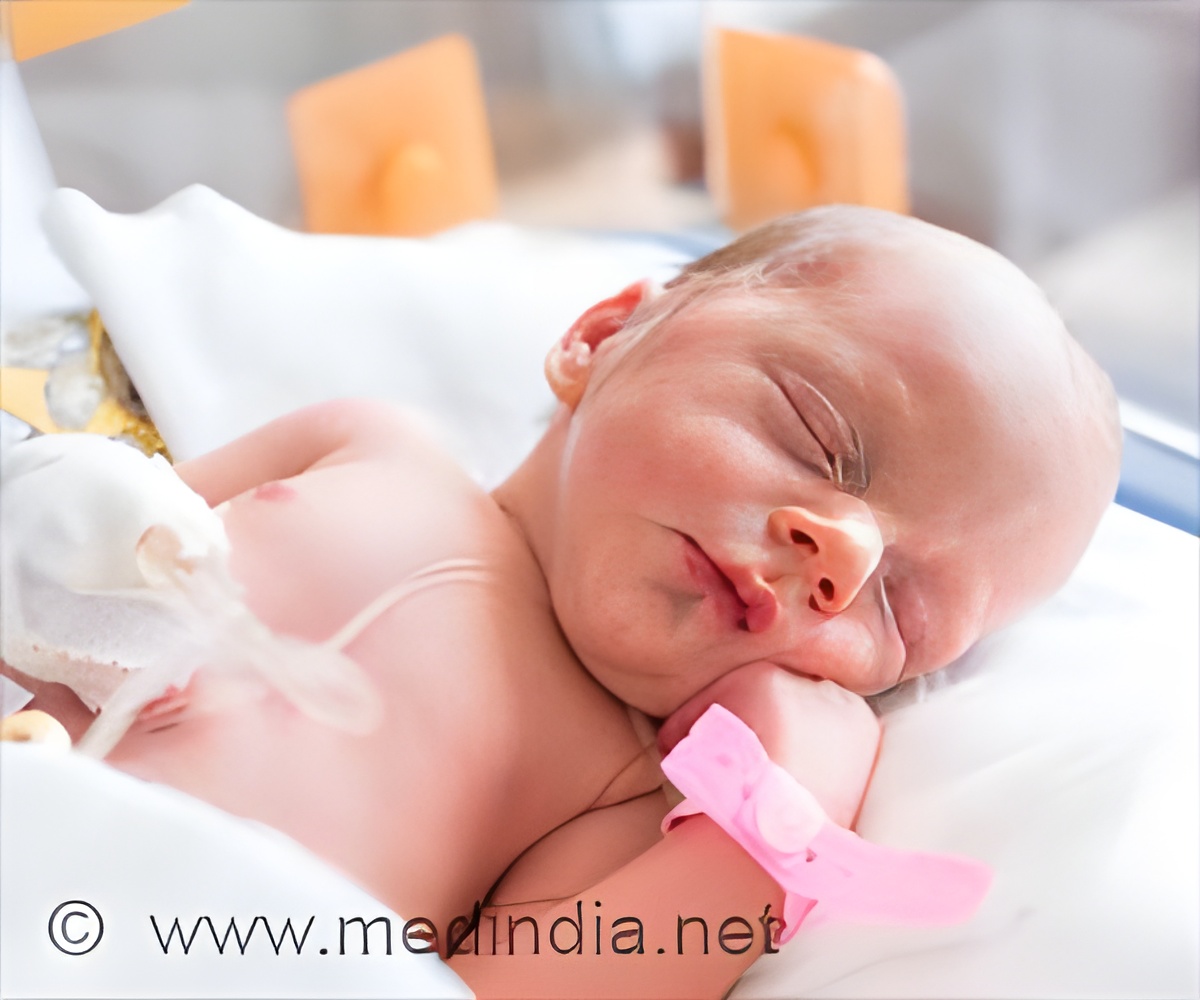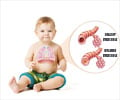Study by CHOP researchers finds pulse oximetry monitoring is being used in patients who do not require supplemental oxygen, despite guidelines recommending against it.

‘Pulse oximetry monitoring among bronchiolitis kids represents overused, low-value care practice that does not improve outcomes, raises healthcare costs, and leads to alarm fatigue among healthcare workers.
’
Read More..




"We all have a tendency to believe that continuous monitoring is something that is always going to provide benefit and safety, and unfortunately that isn’t the case," said Christopher P. Bonafide, MD, MSCE, an attending physician at CHOP and first author of the study.Read More..
"When you monitor patients unnecessarily, it creates risk not only for that patient, in terms of longer hospital stays and increased costs, but also for the entire unit due to the potential for alarm fatigue.
Our prior work shows that when alarms go off for both patients who need immediate, life-saving care and those who do not, it diminishes trust in the accuracy of the alarms for signaling true emergencies."
Acute viral bronchiolitis is the leading cause of infant hospitalization and is usually treated with supportive care, including fluids, suctioning, and supplemental oxygen when necessary.
The Society of Hospital Medicine Choosing Wisely initiative discourages physicians from using continuous pulse oximetry monitoring in infants with bronchiolitis unless they are on supplemental oxygen, and the American Academy of Pediatrics also recommends against the practice.
Advertisement
The hospitals in the study included freestanding children’s hospitals, children’s hospitals within hospitals, and community hospitals. Researchers gathered data throughout one bronchiolitis season, from December 1, 2018 until March 31, 2019 and included 3, 612 patients between the ages of 8 weeks and 23 months.
Advertisement
"We were surprised by the huge amount of variation we saw across the hospitals in this study, which shows many institutions are using monitoring unnecessarily as a safety net," Bonafide said.
"This study represents an essential first step in phasing out an overused, low-value care practice that does not improve outcomes, raises healthcare costs, and leads to alarm fatigue among healthcare workers."
The CHOP-led study was a collaborative, multi-institutional effort that included researchers from CHOP, University of Pennsylvania, Boston Children’s Hospital, and Cincinnati Children’s Hospital Medical Center.
The research was supported by a cooperative agreement awarded by the National Institutes of Health/National Heart, Lung, and Blood Institute (award number U01HL143475).
Source-Eurekalert







